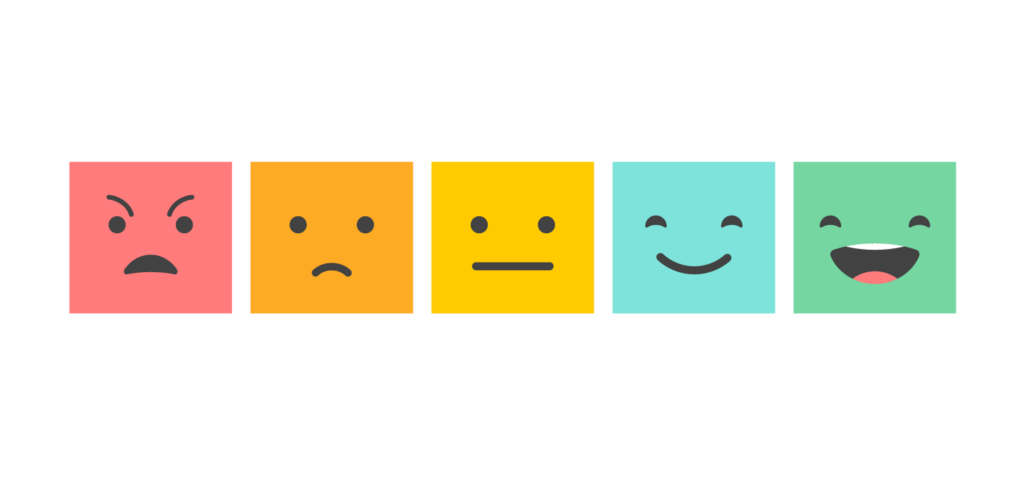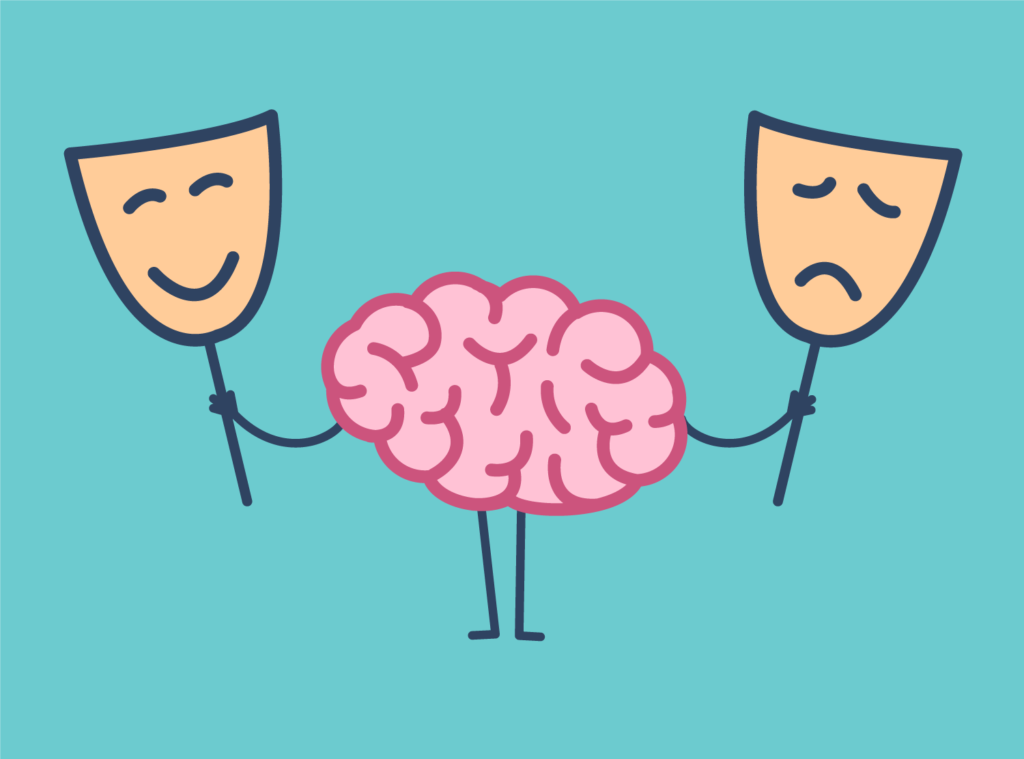When I was a little boy I preferred to watch cartoons than children’s TV programs with adults in. I much rather preferred to tune into the cartoon town of Trumpton and watch Pugh, Pugh, Barney McGrew and the boys than Floella Benjamin or John Craven. Animation has the power to hold children spellbound – and that power does not fade in most adults. The explanation given by experts is that cartoons enable the brain to escape into a parallel world whereby we relieve stress and feel better.
It’s no coincidence that animation is even being used to treat patients with mental health issues such as depression and chronic worry. When you combine animation with the power of storytelling, you can create a narrative that people connect with. When the narrative empathises with your audience, people grow an emotional attachment to the story and its characters.
However, it’s important to remember that animated storytelling should not set out to create connectedness through a shared reality, but through shared consciousness. In her book, Archetypal Patterns in Fairytales, the eminent psychologist Marie Louise von Franz explains how fairytales are easier to remember than literature because people relate to them subconsciously.
She also mentions that some fairytales fall out of fashion as the collective consciousness of the general public changes through the ages. It’s important the story you tell in your animated marketing videos shares empathy with the problems modern societies are experiencing.
Why Is Empathy Important?
Marketers typically follow the AIDA rule – awareness, interest, desire and action. However, what actually drives sales is empathy. In short, empathy is the key that unlocks your audience.
Empathy is the ability to connect with your audience emotionally by showing you understand their problems, concerns and feelings. Consumers engage with brands they feel understand their needs. The ability to convey empathy is not new. As a matter of fact, making emotional connections is as old as civilisation itself. In his book, The Empathic Civilisation, Jeremy Rifkin explains how humans are wired to respond to empathy. Individuals become attached to people and brands that understand them. Tribal stories and ancient myths that connect with human nature are timeless examples of how narrators tap into the human psyche and evoke emotions.
Powerful storytelling has a cohesive narrative that weaves facts and emotions together. When you play on the consumers empathetic nature, consumers relate to your brand and enable marketers to build on those connections. As an animator, I am not surprised that storytelling is becoming a common trait in marketing. Some commentators have even said storytelling should be a priority for brands. Studies in neurobiology have shown how compelling narratives alter brain chemistry. When an audience relates to a narrative, the brain releases neurochemicals that promote attention (cortisol) and trigger a sense of caring (oxytocin).
Empathy is heightened even more when people are watching visual images. Around 90% of the information our brains compute is visual and more videos are watched online than any other medium and consumption continues to rise. In a crowded marketplace, storytelling through animation not only creates a parallel world but provides you with an incredible tool that seeks to empathise with consumers outside the traditional confines of their immediate experience.
How People Relate To Animated Characters
Essentially, animated characters are simplified versions of real people and storytelling through animation is a powerful tool that creates characters for the audience to empathise with. There is no doubt that cartoons have the power to spark self-reflection. However, the content should not preach a message, but rather create the scenario you want to convey in a playful and lighthearted way.
With the right story, animated characters easily transport the audience to another level of understanding. When you create characters your audience resonate with, you have a powerful tool that promotes empathy. In ads, animated videos evoke an emotional connection with the audience because it is easier to convey a feeling through cartoon characters than it is using human actors.
Animated videos, therefore, play a pivotal role in developing empathy. They are no longer mediums for entertainment purposes but storyboards for educating adults and helping consumers feel your brand cares about their wellbeing. It’s important to note that empathy is an emotion that is triggered by an emotional response and not through intellectual stimulation. Therefore, animated videos should express human values.
Developing a connection with your customers is the key to marketing success. Because animated characters possess the ability to create a bond with audiences more than any other medium, it’s easy to see why some commentators declare animation is the future of marketing.
For additional information on what Sliced Bread Animation does, see Animated Explainer Video Company.
Do you want to know more about how animation can reach your target audience? Drop us an email at info@sbanimation.com, or give us a call on +44 (0)207 148 0526











